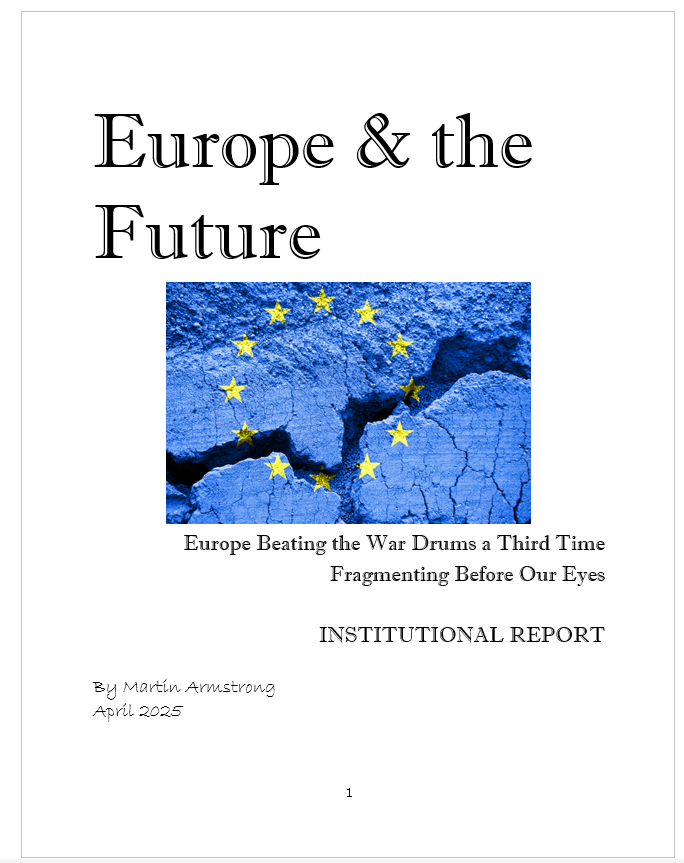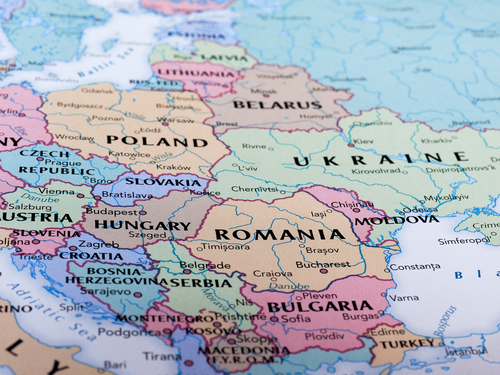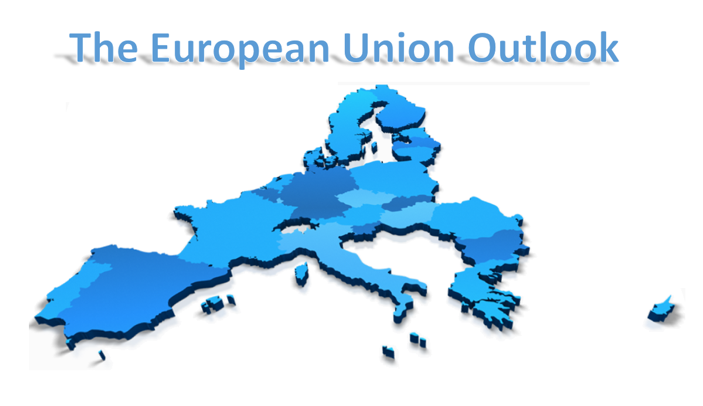QUESTION: Mr. Armstrong; What did people really do during the German hyperinflation? It seems that all you hear about has been people running around with wheelbarrows of cash to buy anything. Was that truly reality or just the extremes?
God Bless
HS
ANSWER:
Life actually went on. People used American dollars and other foreign currency. In December 31, 1923, Time Magazine reported that the German currency was worth almost nothing and yet $12 in American money could pay for good seats at the National Opera in Berlin to see Mattia Battistini. As countries move toward an inflation crisis, it is CONFIDENCE that collapses and so they turn to external currency. The American dollar will still rise and its usage will remain in cash transactions. Ukraine is currently using the US dollar in the face of their currency’s inflation. Zimbabwe has lost the right to print its own money. People use the currencies of other nations to this day. The same result took place in Japan when the government lost the CONFIDENCE of the people and was unable to produce money that people would accept. The Japanese used rice and Chinese coins, but not their own currency.
In Germany, people used foreign currency. The hyperinflation was the result of a collapse in CONFIDENCE of the German government. The people turned mostly to foreign currency. They did not trust the new Communist Revolutionary government. This is why the hyperinflation took place. The bulk of the people turned to commodities, and others used foreign currency. This is a standard pattern which has ALWAYS emerged. Therefore, life goes on, just as we see in Kiev. However, apartments for rent in Kiev are prices in foreign currency right now, not its domestic currency. The people lack CONFIDENCE in the government and will not retain savings in their local currency, which will propel inflation.











